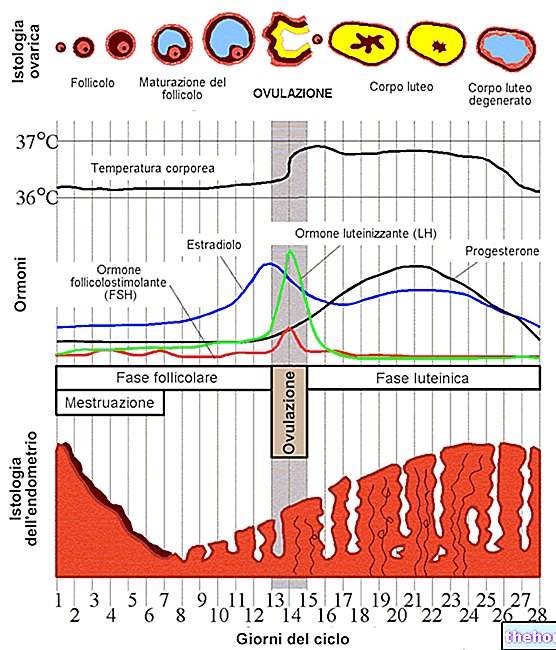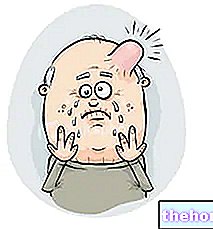Other types of aggression - which show little attention in the post-drying phases, such as poor hygiene and environmental standards (humidity) - are those of bacterial origin.
There are also possible infestations by insects, due to inadequate transport and storage conditions (hygiene and humidity standards) or the presence of larvae and eggs from the place of collection; the latter can occur when drying methods are carried out at low temperatures well tolerated by such eggs.
For each type of contamination there are tables indicating the maximum degree of tolerability for each drug; some biological agents may therefore be present, but only in such quantities as not to alter their health activity. There are also illustrations showing the drug attacked by the various biological agents, together with the description of the microbial types to which it is susceptible; these cards show moreover, how the larvae or eggs of insects that could attack it present themselves, and explain how to recover it in case it becomes contaminated.All these pharmacognostic elements are registered and normatively accepted in the drug quality control assay.
Evaluating the quality of a drug also means taking into consideration those elements that make it poor from the point of view of health use and determine its non-use.
The numerical tables tell us for certain biological groups what the tolerance limit is. In the case of bacteria or microorganisms, the quantity of COLONIA FORMANTI UNITS (CFU) PER GRAM OF DRUG is measured; colony-forming units are used in microbiology to count the quantity of microbial colonies that form in a petri dish. biological consists in taking a gram of drug, dissolving it in a certain amount of water or soil, taking the solution and sowing it in a petri dish; generally, after 8-16 hours many points, colonies, which are originating from rapid duplication will have grown of microorganisms disseminated in the soil. Since the colony units can be counted, it is possible to determine the numerical limits that determine the borderline between the medicinal use and the non-use of that drug.
In the case of elements of animal contamination, such as hair, it is necessary to determine the type of animal, evaluating whether this has led the drug to a more or less excessive decline. If these hairs are from rats (containers are places easily attacked by rodents), or if there are residues of the presence of these animals, the drug must be immediately rejected, regardless of its phytochemical qualities; the fact that a drug denounces the presence of rodents is in itself an element that prevents its use for health purposes.
There are also numerical tables to determine dangerous and noxious substances on drugs; we are therefore in a position to be able to determine with a chemical assay the presence / absence or the presence / quantity of substances that can not only report a drug contamination, but also the continuous or processing history of the source, which has determined a deterioration qualitative drug.
The presence of heavy metals can characterize the drug in a negative way, because it indicates a cultivation that took place in not particularly healthy environments, perhaps near an incinerator or a very busy road. Considering that these elements cannot be completely absent in drugs, limits have been set, also in this case, which determine their use or non-use from a pharmaceutical point of view. Radioactivity must also not exceed certain limits; limits which are were largely overcome in the Chernobyl nuclear disaster.
Other articles on "Possible drug alterations: contamination of bacteria, insects and animals"
- Possible drug alterations, fungal aggressions
- Pharmacognosy
- Importance of Proper Drug Storage and Recovery with Ethylene Oxide


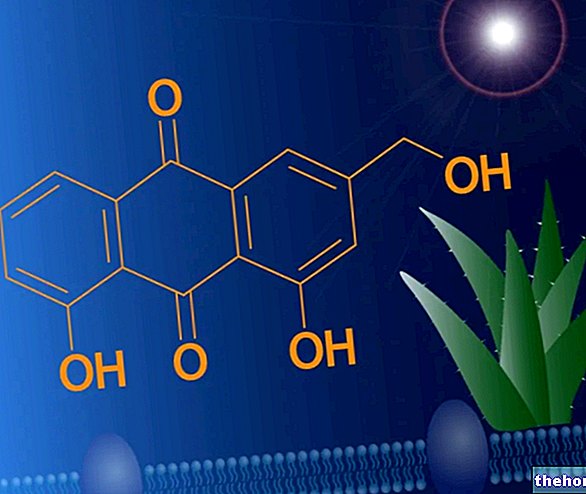

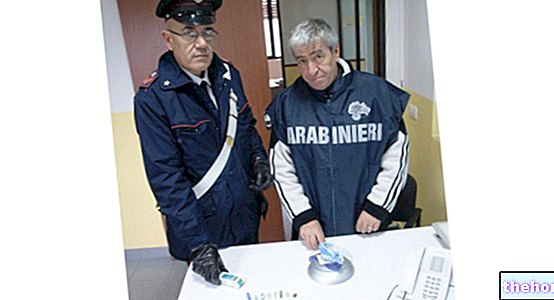



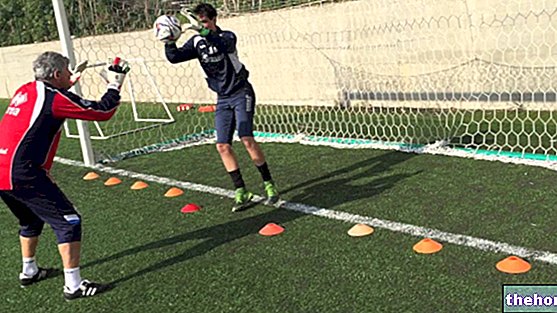





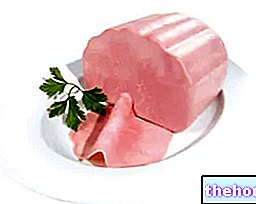

.jpg)



